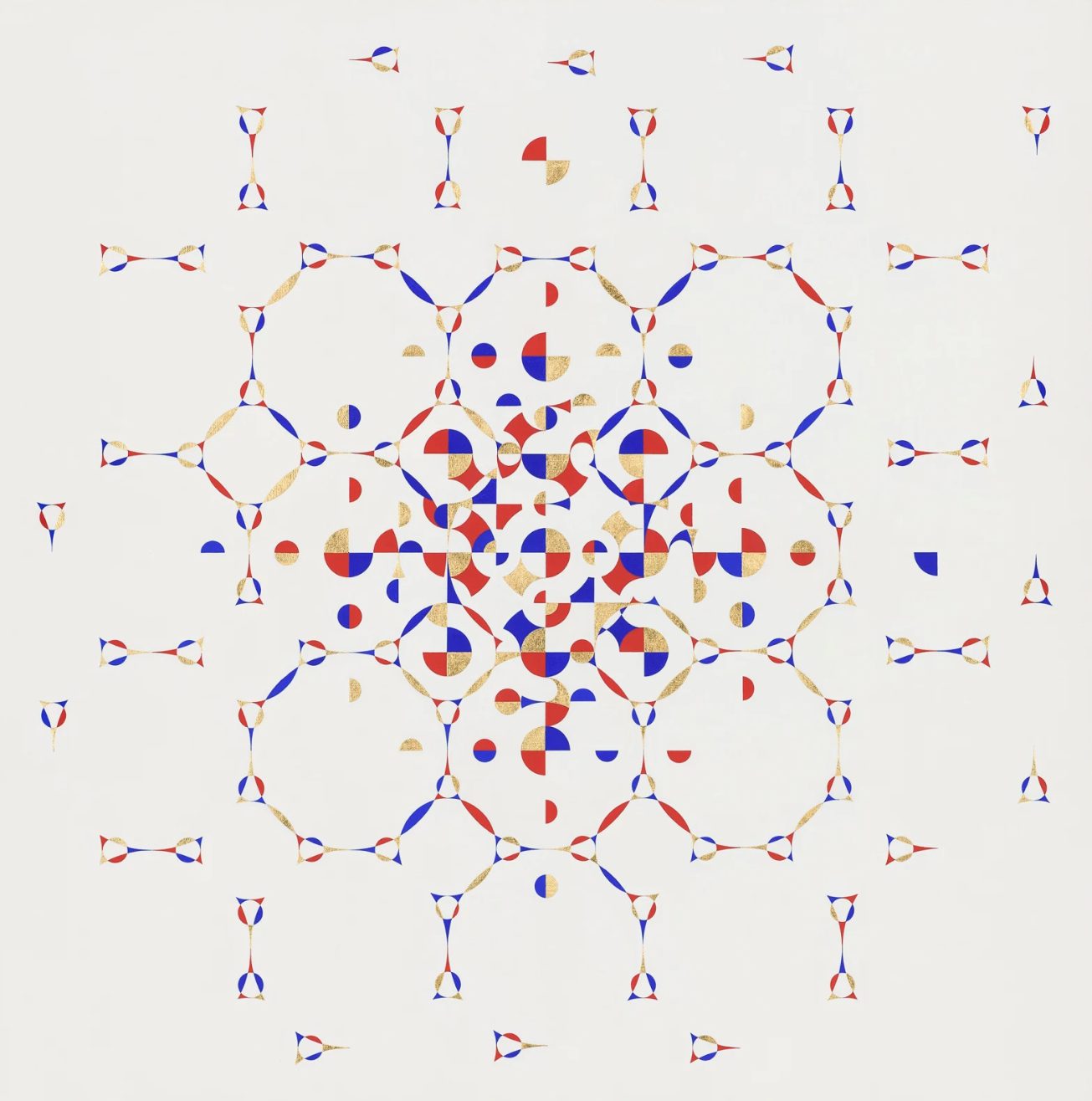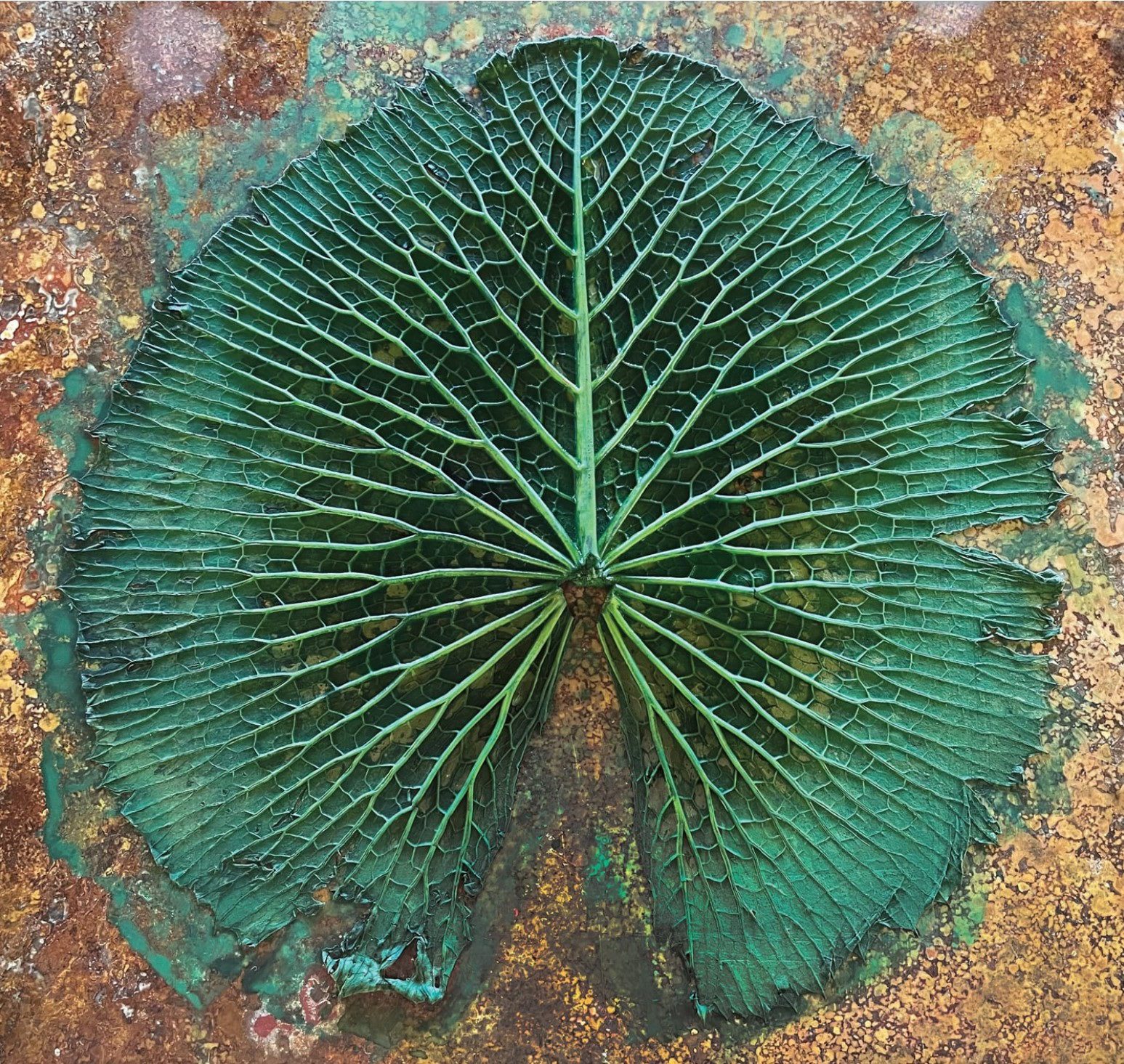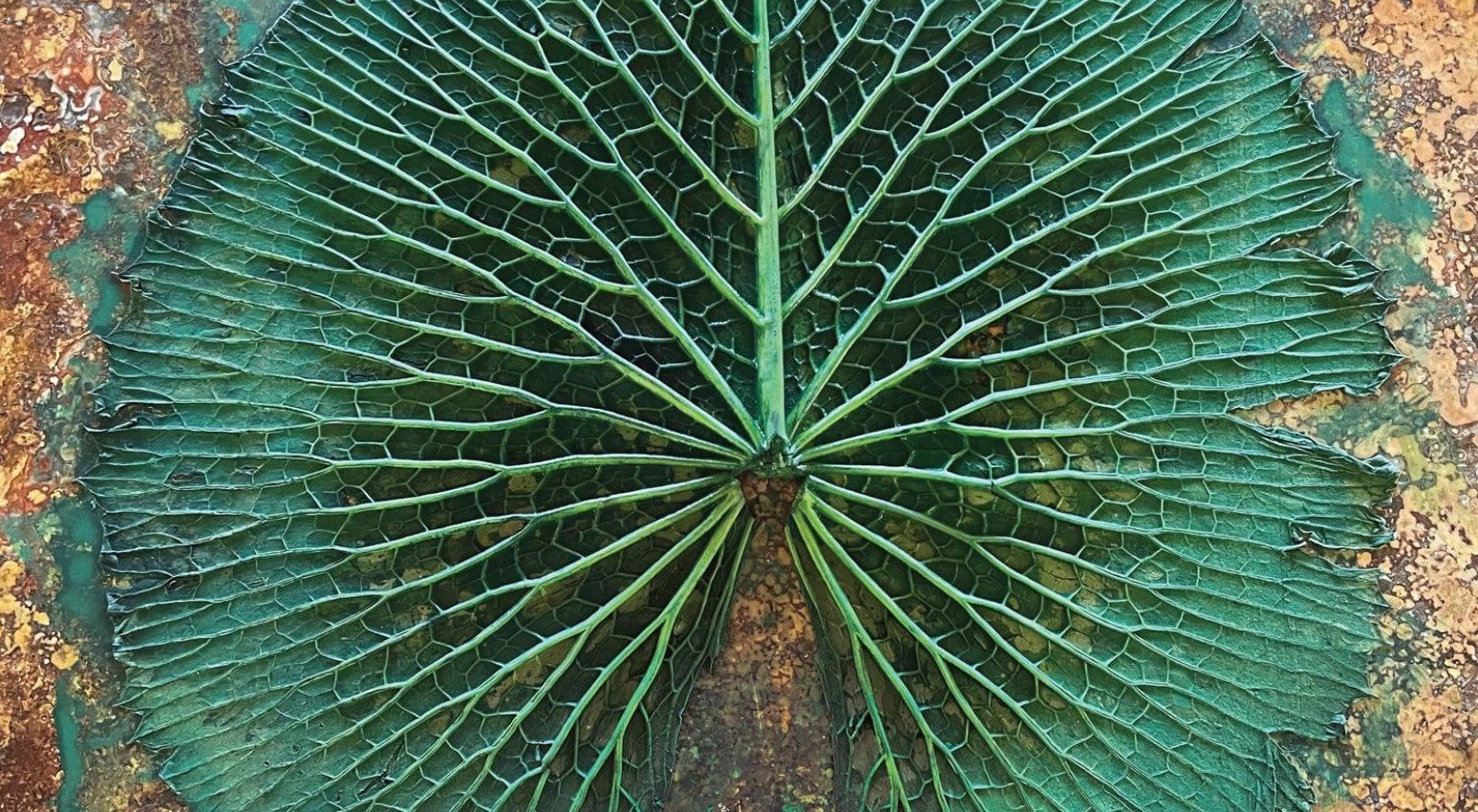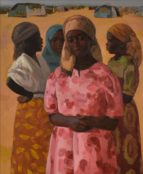Orozco’s exquisite works touch on the cosmic awe we meet at the starry ends of science and spirituality. Areas where the scope of human presences becomes minimised as the mind expands to encompass processes running over aeons, superstructure lattices and growth geometries – foundational forces that underpin the human experience but over which we have only conceptual command. Orozco reimagines them in graspable, familiar ways that allow us to experience these immense ideas as contemplative forms. While some of his works have a more geometric mandala-esque quality it’s the transposition of these wider concepts into cultural contexts that emphasising the human quality of his practice. In short, he connects us with the edge but seats us here and now.

Exhibition Notes: Gabriel Orozco
Traces of bodies in action and works made in relation to his environment are at the heart of Gabriel Orozco’s practice. For almost two years, Orozco has exhibited Spacetime, an off-schedule exhibition-project tucked away inside a rented, readymade gallery space on the floor below Marian Goodman Gallery at 24 West 57th Street. In physics, space-time is a mathematical model in which space and time meld together to create a fourth dimension. The Spacetime project forges new connections between works that span over thirty years of time and movement. Continuing to experiment with this concept, the new exhibition at Marian Goodman Gallery brings together his long-standing interests in nature, travel, geometry, and science, works forming circular references to one another, bending and looping time onto itself.
Circles, axles, seriality, and rotation function within the numerous test drawings and graphics on paper and canvas, relating to Orozco’s development of what would later become the now iconic Samurai Tree painting series, started in 2004 in Paris. The graphic elements within this series of experiments utilize the grid and the circle to create geometric diagrams of movement and growth, outward from the center of the plane, evolving and developing, akin to how trees and plants grow. Recovered from the storage at his provisional studio outside of Paris (2002-2012), which was the testing ground for these works, Orozco shows the trials and errors together, from computer-generated images to test objects and canvases, narrating the spiralic journey of developing the series.

Since 2015, Gabriel Orozco has been living in Japan, traveling around Asia and immersing himself in a culture that has been important in his work since the beginning of his practice. For this exhibition, Orozco brings together the series of objects, graphics, drawings, collages, and toys that he found and altered, or simply collected as models; the tests and trials used in developing his Roto Shaku and his Obi Scrolls (both 2015), as well as his photographs and paintings made while in Japan, all of which have since been exhibited around the world. An intimate view of his working process, through these materials gathered from his apartment in Tokyo, proposes another segment of the Spacetime project.
For this exhibition, Orozco presents a new series of paintings (2023) based on the ideas developed in his Diario de Plantas series (2021-2022), in which the impressions of the intricately tangled veins of leaves are accentuated by the line drawings of loops that recall the geometric form of the Möbius Strip. These interwoven shapes and imprints generate a dynamic of continuous movement and growth. In the large-format paintings, Orozco superimposes the drawing of Leonardo DaVinci’s Vitruvian Man (c. 1490), with diagrams of various plants and animals. Orozco melds these images into one, crossing representations of idealistic human proportions with anatomical studies of animals and plants, culture and nature, organic and geometric balance, and bilateral symmetry.
Gabriel Orozco was born in Jalapa, Veracruz, Mexico in 1962. Following his first exhibition in 1983, Orozco has had solo exhibitions at the Musée d’art moderne de la Ville de Paris in 1995 and 1998, Kunsthalle Zürich in 1996-97, the Museum of Contemporary Art in Los Angeles in 2000-01, the Serpentine Gallery, London in 2004, the Museo del Palacio de Bellas Artes, Mexico in 2006, the Guggenheim Museum, New York in 2012, the Kunsthaus Bregenz, Austria in 2013, the Museum of Contemporary Art Tokyo (MOT), Japan in 2015, and the Aspen Art Museum, Colorado in 2016. In 2009 a major retrospective of his work opened at the Museum of Modern Art, New York and traveled to the Kunstmuseum Basel, Switzerland in 2010, the Centre Pompidou, Paris in 2010, and the Tate Modern, London in 2011.
In 2016 Orozco completed the permanent Orozco Garden at the South London Gallery, UK, after almost three years of work. A unique, sculptural work, it was his first garden design and features over fifty varieties of plants. In 2019, Orozco was invited to design and coordinate the master plan for Chapultepec Park, an ongoing environmental and cultural project to be finished in 2024. In February 2023 Orozco celebrated the completion of his Calzada flotante (Floating Causeway). Designed by the artist as a large-scale pedestrian-only bridge, it is Orozco’s first architectural public project in Mexico.

For further information, please visit our website mariangoodman.com, or please contact Marian Goodman Gallery New York at: 212 977 7160.
Gabriel Orozco
12 May – 24 June 2023, Marian Goodman Gallery, New York
Opening reception: Friday, 12 May 2023, 6 – 8 pm

The aim of art is to represent not the outward appearance of things, but their inward significance. – Aristotle




















